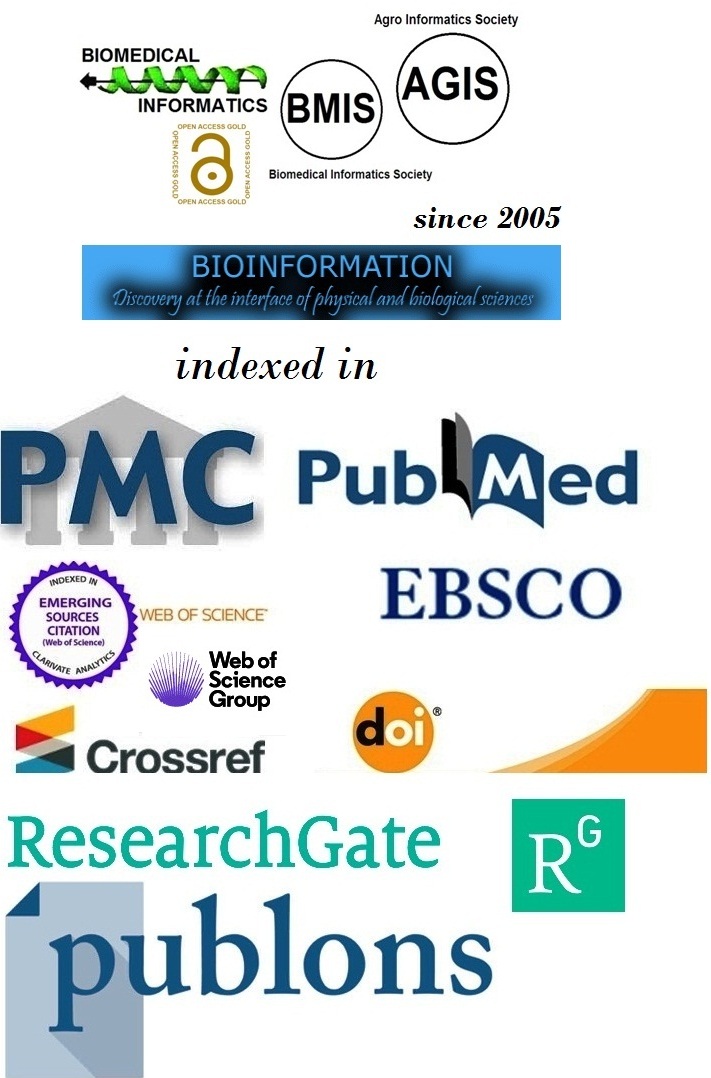Title
Molecular docking analysis of bioactive molecules from herbs with snake venom phospholipase A2
Authors
S. Karthik Nagarajan1,*, Siva Annamalai2, C.B.S Bharath Christian1,
K. Rajamaheswari1,
A. Lavanya1 & K. Arunachalam3
Affiliation
1Department of Clinical, National Institute of Siddha, Chennai, India; 2Department of Clinical, Siddha Regional Research Institute, Puducherry, India; 3Department of Clinical, Siddha Clinical Research Unit, Tirupati, India; *Corresponding author
S. Karthik Nagarajan - E - mail: drkarthiksiddha2016@gmail.com
Siva Annamalai - E - mail: raimrtcsrri@gmail.com
Bharath Christian C.B.S - E - mail: cbssiddha@gmail.com
K. Rajamaheswari - E - mail: rajamaheswari.maheswari3@gmail.com
A. Lavanya - E - mail: lavanyasiddha@gmail.com
K. Arunachalam - E - mail: drarunachalam91@gmail.com
Article Type
Research Article
Date
Received March 1, 2025; Revised March 31, 2025; Accepted March 31, 2025, Published March 31, 2025
Abstract
Snake venom, particularly phospholipase A2 (PLA2), exerts profound pathological effects, necessitating the development of potent therapeutic interventions. Therefore, it is of interest to the inhibitory potential of bioactive phytoconstituents from select medicinal herbs with PLA2. Analysis showed that Gymnemic acid, Aristolochic acid, Lupeol and Tocopherol are the best PLA2 inhibitors with strong binding and molecular interactions for further consideration.
Keywords
Molecular docking, network pharmacology, phospholipase A2
Citation
Nagarajan et al. Bioinformation 21(3): 290-296 (2025)
Edited by
P Kangueane
ISSN
0973-2063
Publisher
License
This is an Open Access article which permits unrestricted use, distribution, and reproduction in any medium, provided the original work is properly credited. This is distributed under the terms of the Creative Commons Attribution License.
